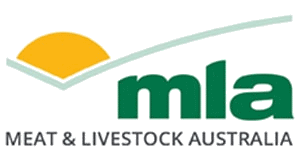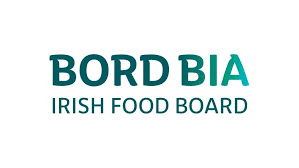Beef Wellington is a culinary masterpiece recognized worldwide as a British classic. With its decadent combination of beef tenderloin, pâté, mushrooms (duxelles), and puff pastry, the dish’s reputation as an opulent and celebratory meal is well-established. However, the origins of Beef Wellington, and how it became a staple of British cuisine, is both an intriguing and somewhat debated topic.

The Origins of Beef Wellington
While Beef Wellington is often hailed as a British creation, its true origins are somewhat murky. The dish as we know it today — with a perfectly cooked beef fillet wrapped in pastry — has its roots in European cuisine, particularly French.
The method of encasing meat in pastry is a traditional French technique that can be traced back centuries. The French term filet de bœuf en croûte (“fillet of beef in pastry”) closely mirrors what would later be known as Beef Wellington.
Some food historians speculate that the dish was inspired by similar recipes from France, brought over to England during or after the Napoleonic Wars. This aligns with the time period when French culinary influence began permeating British kitchens, especially among the aristocracy.
The Duke of Wellington and the Name
The dish’s name is often attributed to Arthur Wellesley, the 1st Duke of Wellington, who famously defeated Napoleon at the Battle of Waterloo in 1815. The association between the man and the dish likely played a significant role in its rise to prominence in British cuisine.

Legend has it that the dish was named in his honour, either because it was served at celebratory dinners after his victory or because it resembled the highly polished riding boots (or “Wellingtons”) he was known to wear. Though this origin story lacks concrete evidence, it has been romanticised over the years, contributing to the dish’s status as a patriotic British creation.
Wellesley’s military success and status as a national hero made him a symbol of British pride, and it is likely that Beef Wellington was named to evoke a sense of British identity and celebration during the 19th century.
Beef Wellington did not immediately gain widespread popularity after the Duke’s era. Instead, it slowly evolved, becoming a refined dish favoured by the upper classes in England.
The dish saw a resurgence in the mid-20th century, particularly after World War II. As the British middle class grew and international influences became more prominent, Beef Wellington became a symbol of luxury and fine dining. By the 1960s and 70s, it was a fixture at formal dinner parties and special occasions.
The intricacies of preparing Beef Wellington — ensuring the beef is perfectly cooked while the pastry remains crisp — made it a prestigious and challenging dish for chefs. It became a way to showcase culinary skill and technique, which further solidified its reputation as a high-end British classic.
Global Recognition and Modern Interpretations
In modern times, Beef Wellington has transcended its British roots to become a globally recognized dish, thanks in large part to popular media and celebrity chefs.
Gordon Ramsay’s Influence: One of the most significant figures in popularizing Beef Wellington in recent years is British chef Gordon Ramsay. Through his television shows, such as Hell’s Kitchen, Ramsay has showcased Beef Wellington as a pinnacle of culinary expertise, bringing it into the mainstream and making it accessible to home cooks around the world.

Modern Variations: Today, many chefs experiment with variations on the classic Beef Wellington recipe, including different types of meat or vegetarian alternatives. While the core of the dish remains the same, its flexibility allows for creative interpretations, keeping it relevant in contemporary cuisine.
Beef Wellington’s status as a British classic is rooted in both its association with the Duke of Wellington and its evolution within British culinary tradition. From its likely French origins to its resurgence in the 20th century as a symbol of refinement, the dish embodies British pride and culinary excellence. Today, Beef Wellington remains a beloved dish, celebrated for its rich flavors, technical challenge, and historical significance.
By continuing to evolve while staying true to its luxurious roots, Beef Wellington maintains its place as one of the most iconic and cherished dishes in British cuisine.





